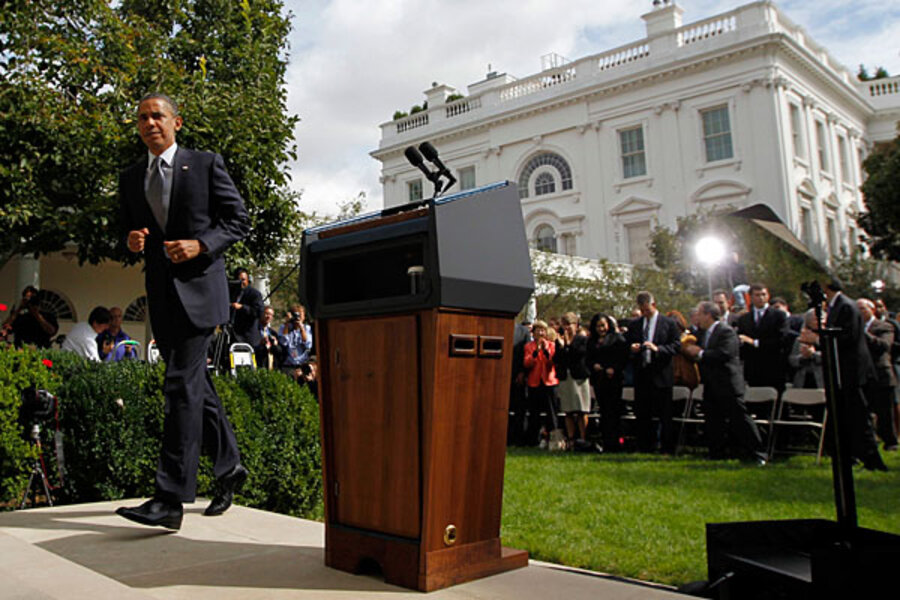America has to weigh short- to intermediate-term economic gain against long-term economic solvency.
With debt held by the public north of 75 percent of GDP, the US can’t afford to run $1 trillion dollar deficits (the size of the deficit in 2012) indefinitely. Academic research suggests that debt payments and fear about future tax increases can crowd out economic growth when debt nears 100 percent of GDP.
Simply kicking the can down the road for another year could push the two credit-rating agencies that currently hold US debt in the highest regard to lower their rating, potentially driving up borrowing costs. And borrowing costs could rise even without a downgrade if investors think that America lacks the discipline to get its fiscal house in order. Higher interest costs mean the price of America’s debt to taxpayers could spike, causing even deeper cuts elsewhere.
But every step you take toward lowering the nation’s debt in the long term is a hit against employment and a shaky economic recovery today.
For example, ending long-term unemployment benefits would help the deficit but would cost around 800,000 jobs, the CBO estimates. Extending tax breaks for all household income up to but not above $250,000, as Democrats demand, would cost 200,000 jobs compared with a full extension of all tax cuts, according to the same estimates. And slashing nondefense government spending in line with the sequester, as Republicans desire, would cut 400,000 jobs.





